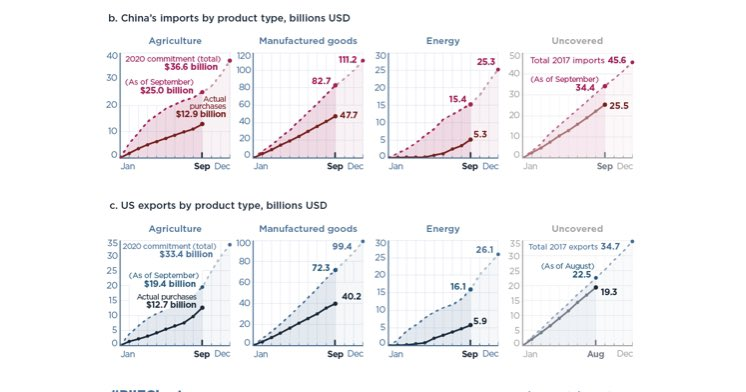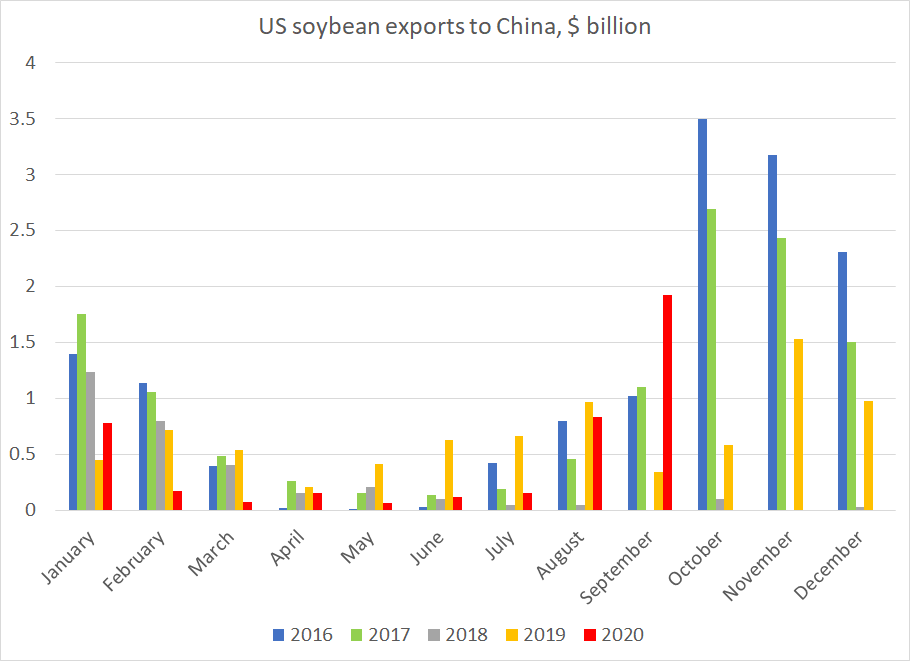
Important story from the FT -- China accounts for $1.9b of the (very modest) $5.3b rescheduled through the G-20's DSSI. But $1.9b is modest v the (at least) $13.4b owed to China by DSSI countries ...
1/x
1/x

Of course, the benefits of the DSSI go mostly to the countries with the most debt -- and thus China's totals could go up if China's big three policy/commercial or hybrid lenders agreed to reschedule maturing claims on Angola
2/x
2/x

Discussion of Zambia is clearly hindered by a lack of good data -- I have been digging into this case, and a lot of China's exposure (China Exim and ICBC for example have a big hydropower loan) isn't directly too the government and thus isn't likely in the WB data
3/x

3/x


The latest World Development Indicators data set has Zambia's total external debt at $27b -- far more than in the DSSI data set which limits itself to public and publicly guaranteed debt and thus misses a lot of project financed designed to stay off balance sheet
4/x
4/x
So this chart likely understates the amounts Africa owes Chinese creditors, as it leaves out the debt that have been notionally kept off the public sector's balance sheet (oil project finance, energy co project finance)
5/x
5/x

And I find the notion that China's finance is particularly fragmented a bit over-stated. The bulk of the exposure is to three institutions: China Exim, the CDB and ICBC. They could sort this out by disclosing how much they are owed quite easily.
6/x
ft.com/content/bd73a1…
6/x
ft.com/content/bd73a1…
The commerce ministry also has some concessional funding, but that isn't the problem -- the real problem is China Exim (including the DSSI mostly but not always it seems) and the CDB and ICBC (outside the DSSI).
7/x
7/x
The lines China draws between different state entities cannot be determinative nor can they be allowed to stop basic disclosure. Politically this is hard, but technically it is easy: the same three institutions seem to be present in most cases
8/8
8/8
• • •
Missing some Tweet in this thread? You can try to
force a refresh















